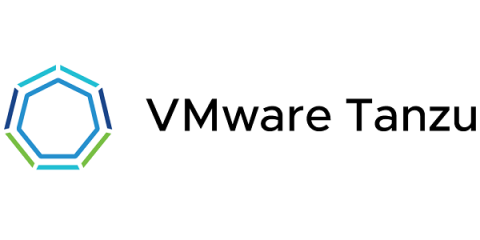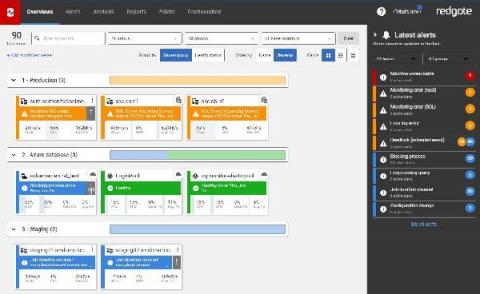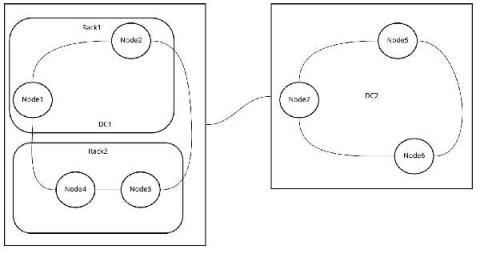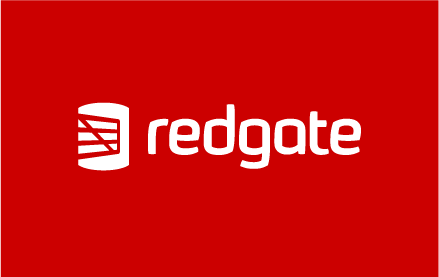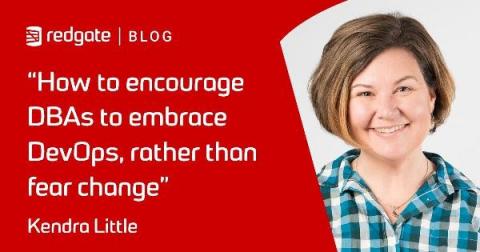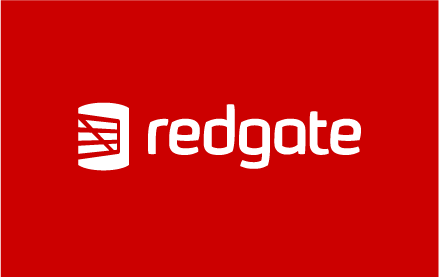Introducing Redgate's flexible-hybrid working model
The world of work has changed dramatically over the last year and, at Redgate, we’ve been reflecting on what this might mean for our business, and the ways that we work together in the future. From 2022 onwards, we’re aiming to offer Redgate staff a flexible-hybrid working model across our global organization.



